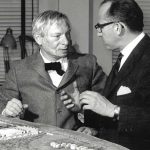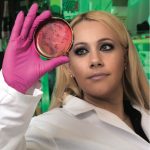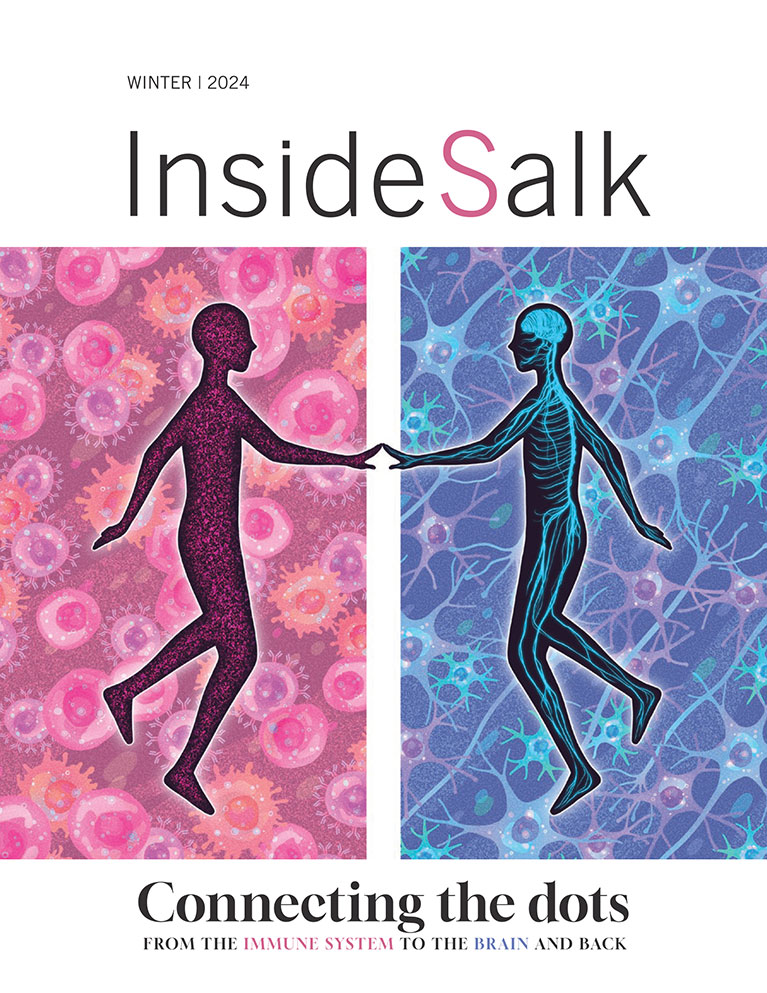Gene-editing technology partially restores visionin blind animals
Along with Professor Juan Carlos Izpisua Belmonte, first authors Jun Wu, Reyna Hernandez-Benitez, Keiichiro Suzuki and colleagues discovered the ability to, for the first time, insert DNA at a target location into the nondividing cells that make up the majority of adult organs and tissues. The technique, which the team showed was able to partially restore visual responses in blind rodents, will open new avenues for basic research and a variety of treatments, such as for retinal, heart and neurological diseases.
Until now, techniques that modify DNA—such as the CRISPR-Cas9 system—have been most effective in dividing cells, such as those in skin or the gut, using the cells’ normal copying mechanisms. The new Salk technology, which they named HITI, is 10 times more efficient than other methods at incorporating new DNA into cultures of dividing cells, making it a promising tool for both research and medicine. More importantly, HITI represents the first time scientists have managed to insert a new gene into a precise DNA location in adult cells that no longer divide, offering new possibilities for therapeutic applications in these cells.
Read News ReleaseFeatured Stories
 A Masterful DesignMaintaining the Salk Institute’s iconic architectural vision.
A Masterful DesignMaintaining the Salk Institute’s iconic architectural vision. Inside the Mind of Ted WaittWhether it’s vital funding, imaginative technology or the perspective of a successful CEO, new Board Chair Ted Waitt says adding a little magic in the right place enables great discoveries.
Inside the Mind of Ted WaittWhether it’s vital funding, imaginative technology or the perspective of a successful CEO, new Board Chair Ted Waitt says adding a little magic in the right place enables great discoveries. Surviving SuperbugsWe’re losing the war with infectious diseases. Ending the arms race with infectious diseases could mean learning to live with them.
Surviving SuperbugsWe’re losing the war with infectious diseases. Ending the arms race with infectious diseases could mean learning to live with them.



















































